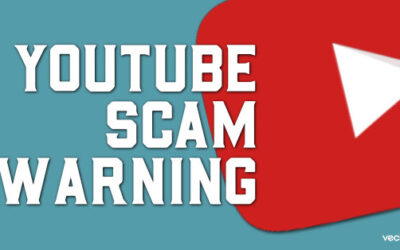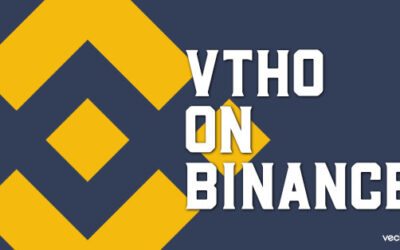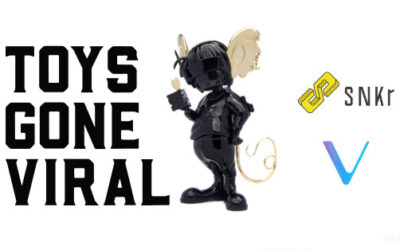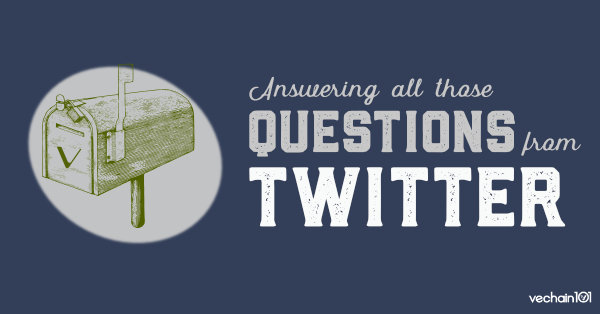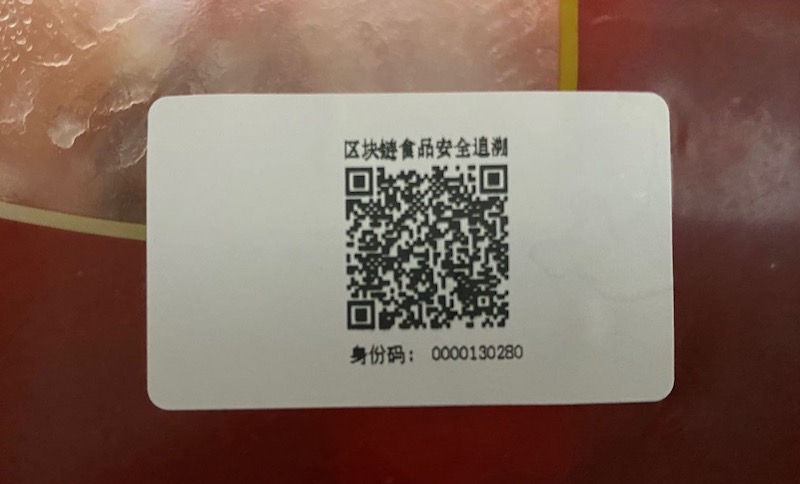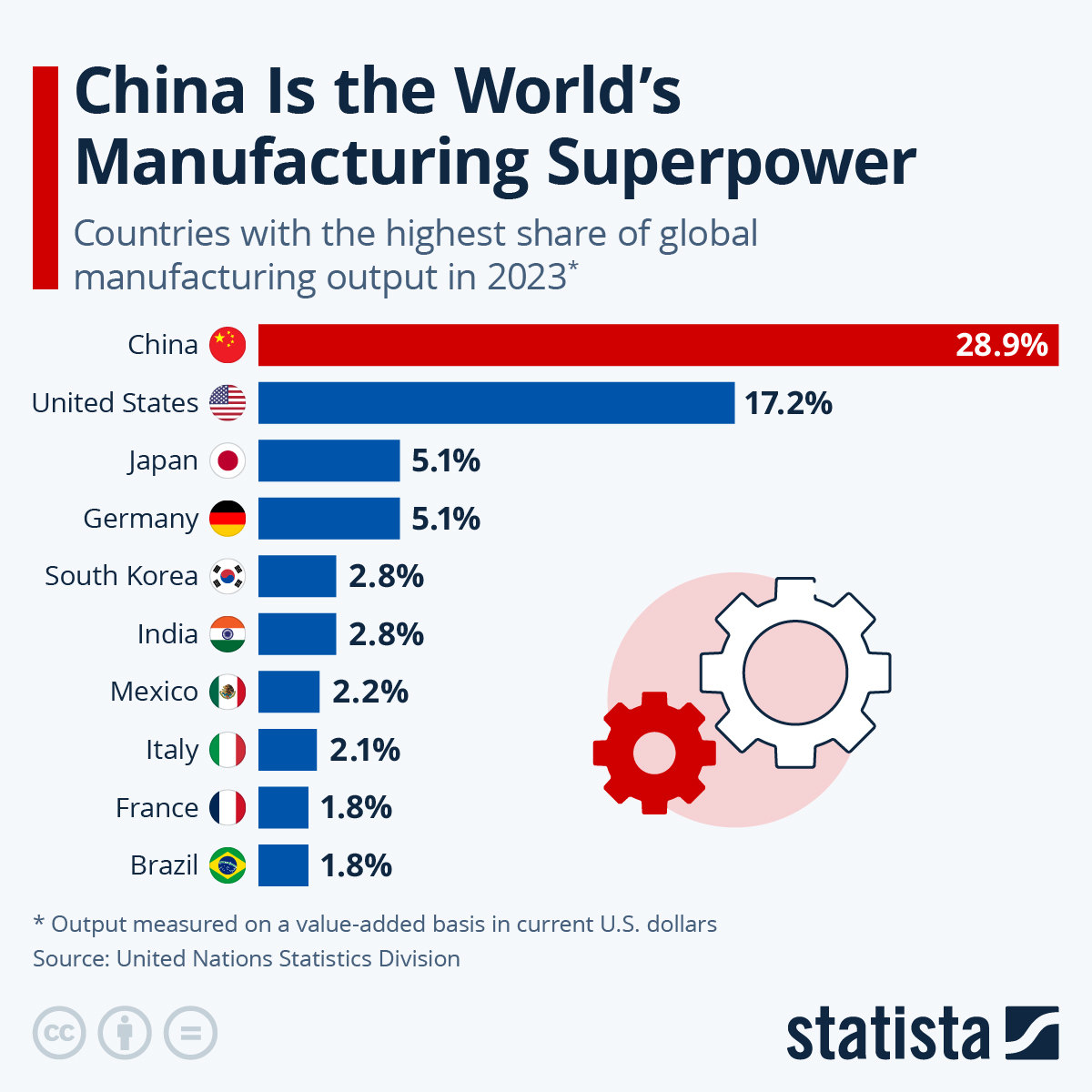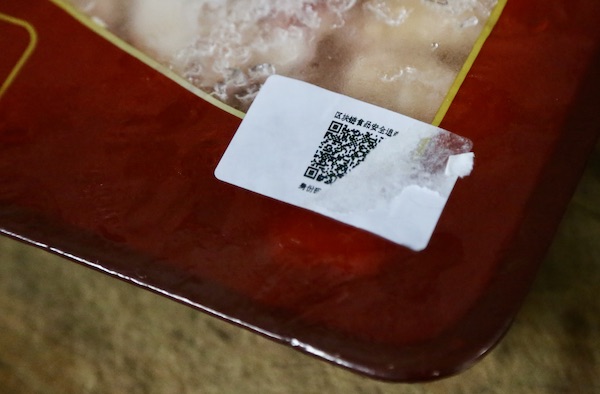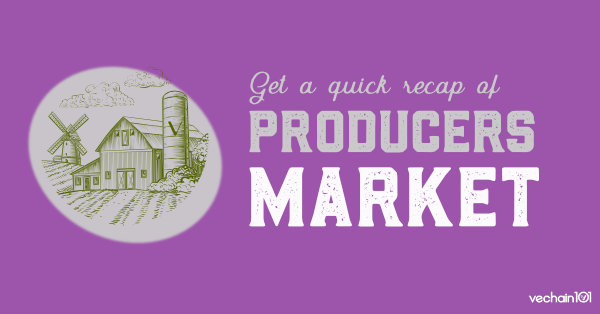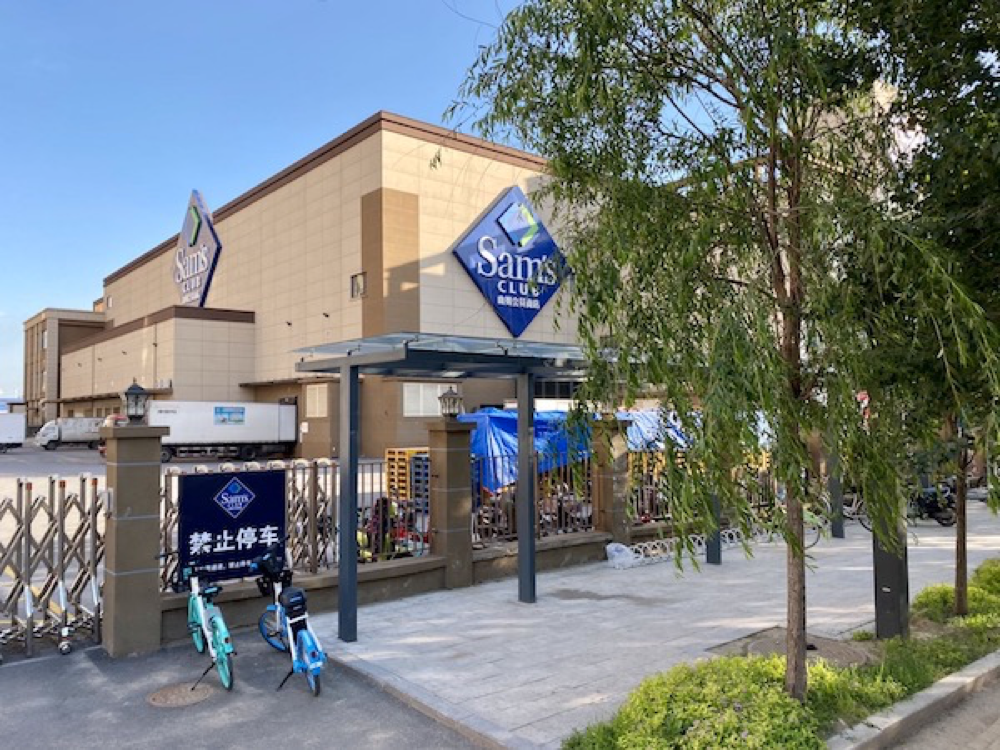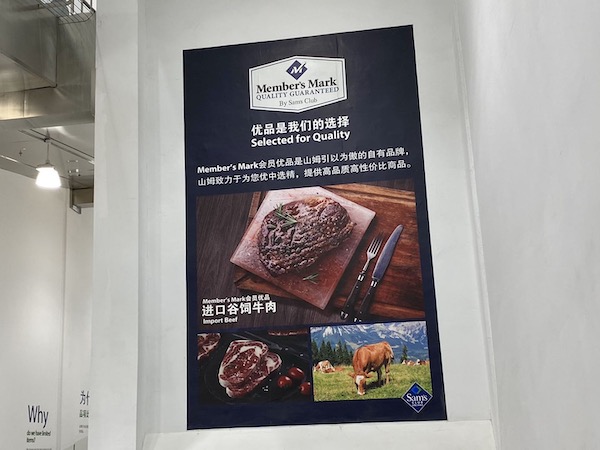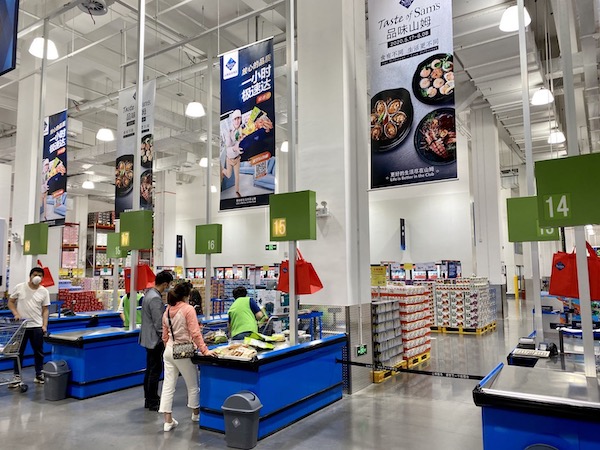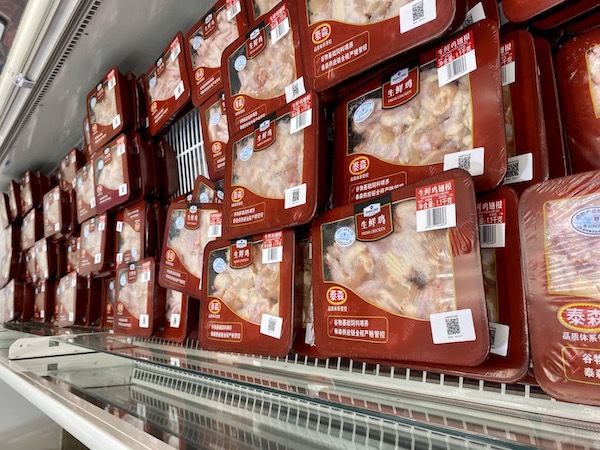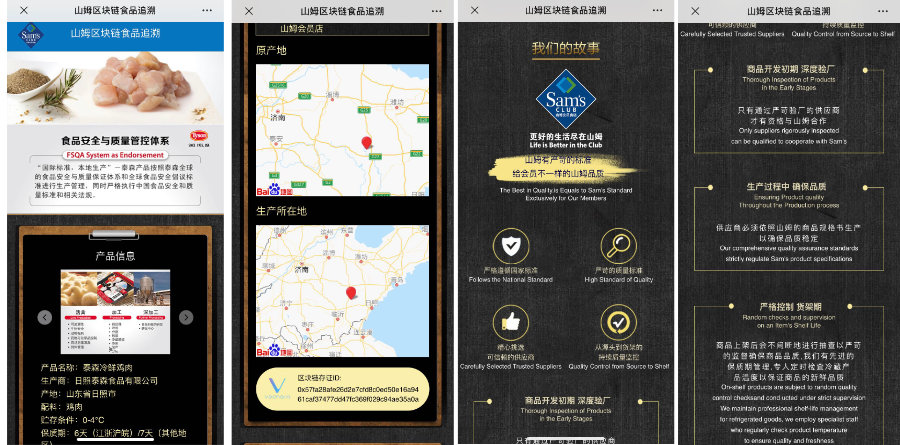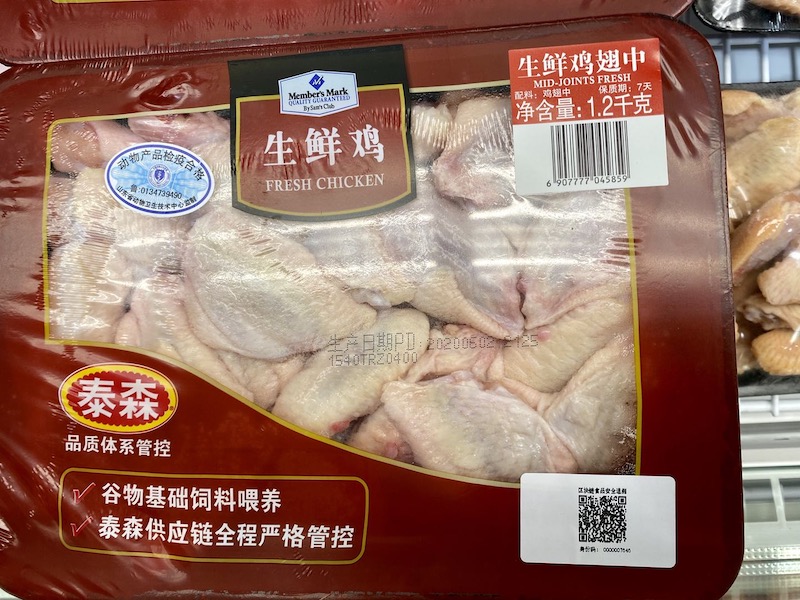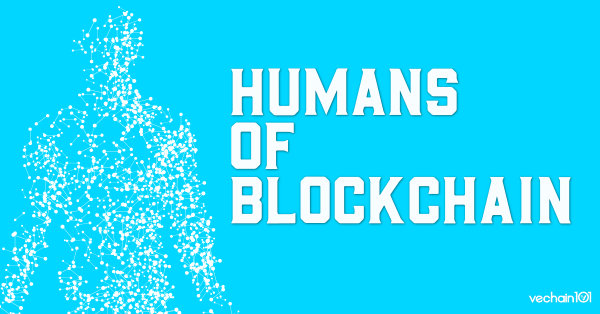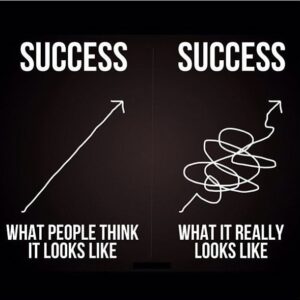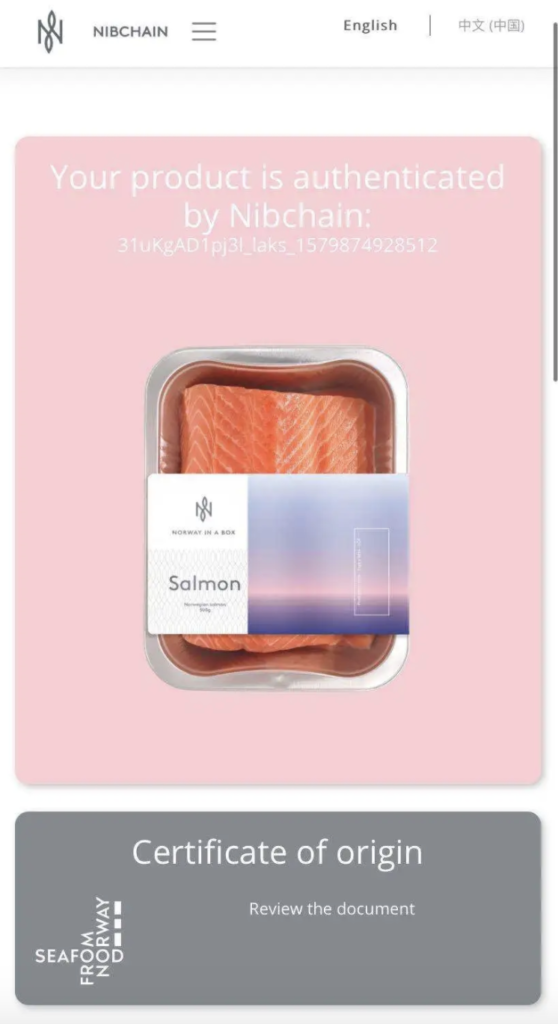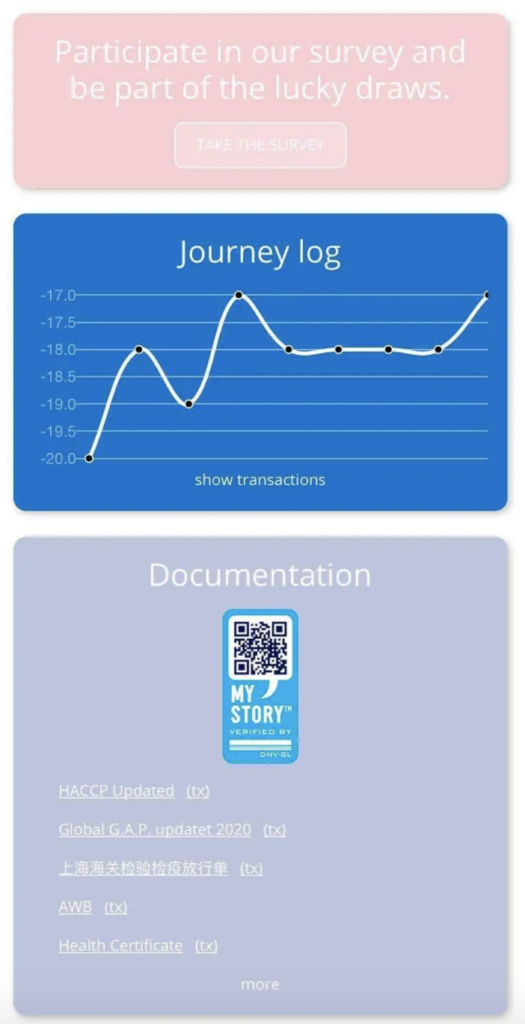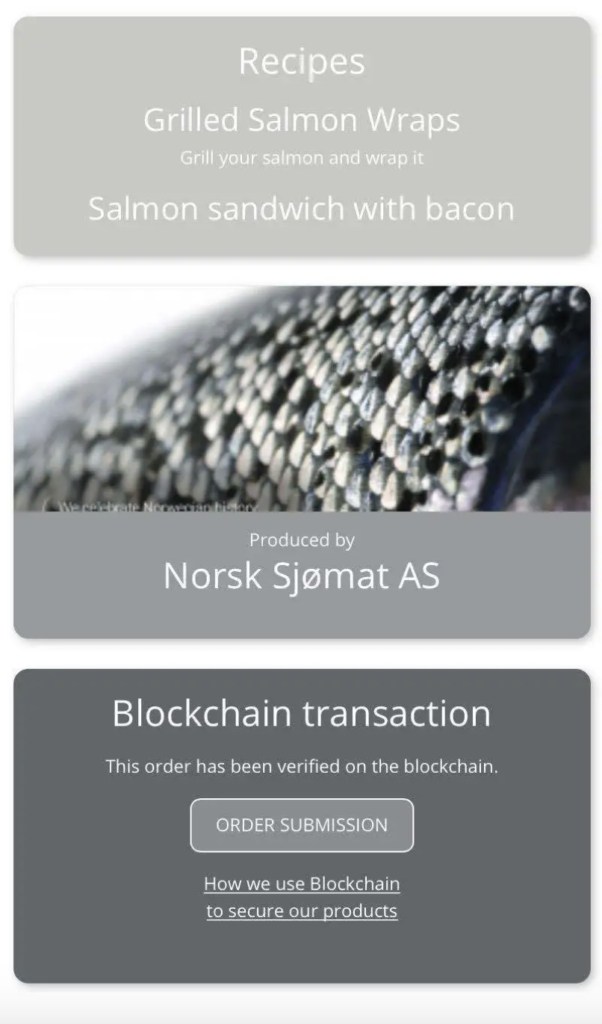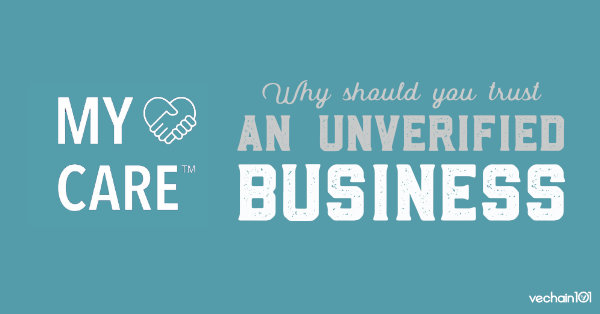
My Care – DNV GL’s infection risk management and digital certification
With governments phasing out lockdown restrictions and with the new normal in mind, DNV GL has launched My Care – an infection risk management assessment that combines DNV GL’s risk and HSE (Health, Safety & Environment) management expertise with the ISRS (International Safety Rating System) maturity approach.
The proprietary methodology is designed to help companies assess, improve and validate their capabilities in preventing and mitigating infection risks in the workplace. Depending on the requirements, two My Care solutions are available; readiness and/or maturity. Both, however, analyse risk management policies based on 6 main criteria: governance, strategy, communication, actions, data analysis and continuous improvement.
My Care inspections are carried by DNV GL experts who, after the assessment, provide clients with insight reports and recommendations based on governmental compliance and industry best practices. When companies meet a benchmark-level, a dedicated digital My Care trust mark linked to a verification statement stored on the blockchain is also granted. Displaying the My Care certificate, enables companies to reassure customers and stakeholders that the right standards and risk-based preventive systems are in place. This certification process, complete with data and analysis from third-party inspections, is a great use of a verified public blockchain.
In many countries, carrying fire and HSE risk assessments is already compulsory. This is particularly true for public facing businesses which, depending on the sector, might require additional licenses. Food serving companies, for example, usually need to obtain and display food hygiene rating certificates. In a post COVID-19 world, reducing infection risks of emerging pathogens will become vital and accreditations such as My Care could become part of the new norm.
“We have in the past combined our experience and expertise from HSE management systems and maturity models to develop healthcare standards. With My Care, we are building on this proven expertise, tailoring it for application in different industries, to help companies keep people safe.” Luca Crisciotti, CEO of DNV GL – Business Assurance
My Care in Action
It hasn’t taken DNV GL long to land customers. In China, where life has gradually gone back to normal, My Care has picked up a few big clients in the Suzhou Qingshan Hotel Convention Center and Hotel Nikko Suzhou. These clients are willing to go through extensive inspections from DNV GL to prove to their customer base that safety is their utmost priority during the current pandemic recovery. This was announced on June 5th from DNV GL’s Business Assurance team in China.
- Hotel Nikko Suzhou is a luxury hotel with 29 floors
- The Qingshan Hotel & Convention Centre (a 5 Star retreat)
The Hotel Nikko Suzhou was particularly gracious in their comment [translated] to DNV GL for their role in the verification process.
“With the help of DNV GL, Suzhou Nikko Hotel has discovered some blind spots and deficiencies during operations and the provision of services to guests, and have now perfected the hotel’s various emergency and standardized management systems. I believe that after this review, the hotel will achieve better performance and development in future management.” – Hotel Nikkon Suzhou
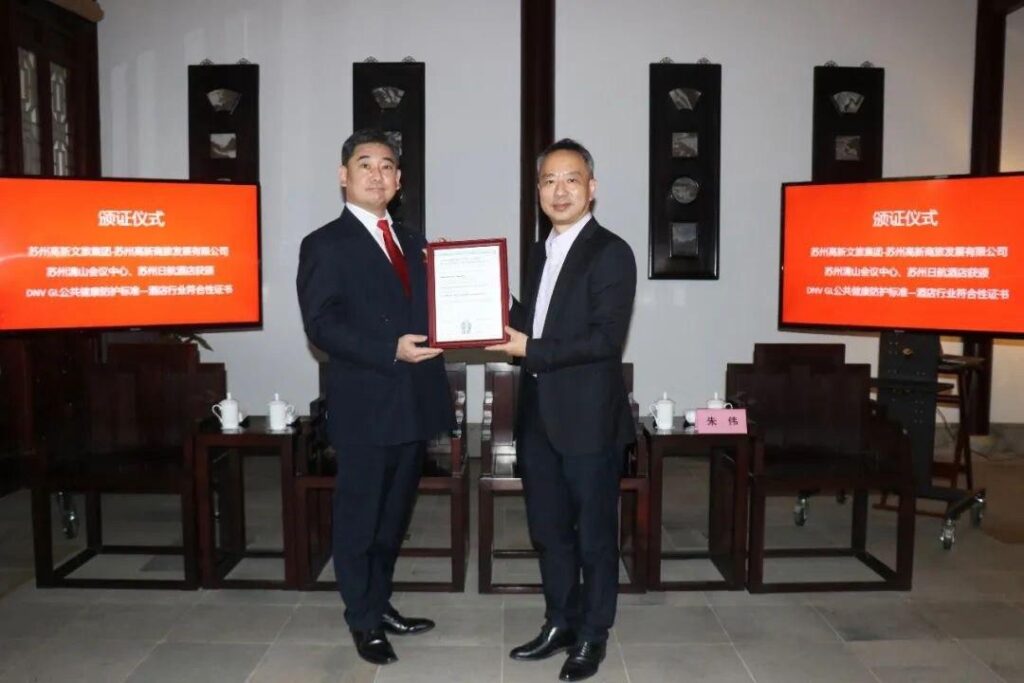
A representative of the Hotel Nikko Suzhou stands with DNV GL’s George Kang (member of the VeChain Steering Committee)
Moving forward, it’s clear that blockchain and third-party verification have a major role in returning businesses to normal. Customers will begin to take health measures more seriously at the commercial areas they frequent, demanding solutions like My Care. Potential government mandates could make My Care certification even more valuable, but it remains to be seen how widely adopted this solution will be. If this extends beyond the private sector to include public spaces like airports, train stations or subway networks, the amount of data could be quite large. All told, it’s good to see how fast DNV GL was able to respond to a crisis, bringing in blockchain technology to give customers a sense of safety as they transition to the ‘new normal’.








